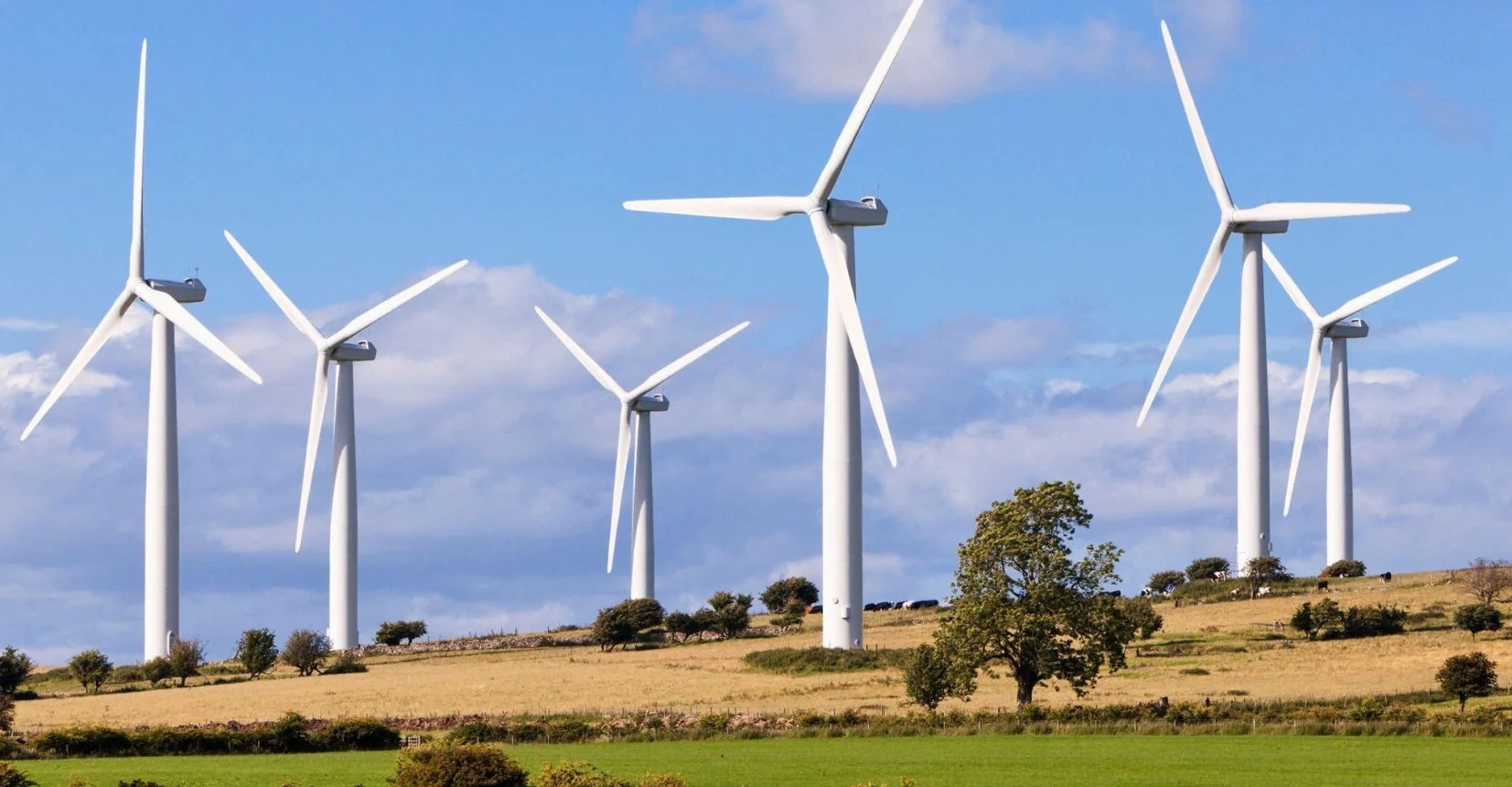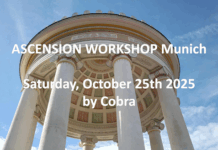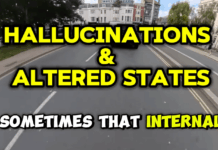By Chris Morrison,
Evidence continues to grow that onshore wind turbines are causing heavy ecological carnage, with increasing concern focused on the removal of a vast tonnage of insect life.
For obvious political, Net Zero reasons, insect decimation is not a well-funded research area, but work in Germany in 2016 put the loss across the country at 1,200 tonnes a year.
Recently, the Heartland Institute extrapolated the individual annual insect loss worldwide at 13,640,000,000,000 (13.64 quadrillion) insects, and of course it can be noted that the figures are nearly a decade out of date. Other scientific work has reported that flying insects destroyed include bees, flying beetles and butterflies.
Curiously, the many institutions apparently concerned with wildlife stay silent on the slaughter. For its part, the UK Natural History Museum (NHM) offers a Build Your Own Wind Turbine kit. Fun for all the family and if the kiddies are lucky they might get to whack a passing fly or a couple of moths.
The German work estimated insect losses at 40 million per turbine during the plant-growing season. Commenting on the findings, the mathematician and evolutionary ecologist Professor Christian Voigt felt it was necessary to evaluate if these fatalities added to the decline of insect populations, “and potentially the extinction of species”.
In a 2022 paper, Voigt reported that turbines can change the nearby microclimate, while vibrational noise may reduce earthworm abundance with likely cascading effects on soil quality and vegetation. In addition, he noted findings that wind turbine facilities led to displacement of nesting and wintering birds.
Recent work from researchers at the University of Wyoming suggests that moths, butterflies, beetles, flies and true bugs may be the most vulnerable to the giant revolving blades. Wind turbines create vortices, sucking in wildlife and causing problems for both bats and large birds such as eagles. “The vast amount of avian and insect deaths at the hands of wind turbines is disastrous in and of itself, from a conservation and ecological standpoint,” states Heartland.
Insect loss and extinctions are of course very popular in the Net Zero fear-mongering business. In 2022, the NHM ran with an improbable tale that flying insects in the UK had declined by 60% in just 20 years.
Too good of course for national treasure Sir David Attenborough to pass up and he repeated the scare during his BBC Wild Isles series, a green agitprop co-production with the World Wildlife Fund and the Royal Society for the Protection of Birds.
The evidence proved to be anecdotal and mostly arose from ‘citizen scientists’ counting bugs on car number plates. Missing from the research was a note that vehicle registrations have tripled in the UK since 1970, while cars have largely changed shape from angular boxes to aerodynamic wedges that sweep insects out of the way.
Despite these obvious flaws in the story, the NHM claimed the astonishing loss was caused by rising temperatures and fragmented habitats. The tiny temperature rises over the last 20 years are hardly likely to affect insects that much, while slightly longer growing seasons in the northern hemisphere and a recent 14% ‘greening’ of the Earth due to higher levels of carbon dioxide are almost certain to have been extremely beneficial.
It is becoming increasingly obvious that the conservation of wildlife is little more than an after-thought when it comes to pushing the Net Zero fantasy world of unreliable, expensive renewable energy. Almost invariably those crying loudest about insect decline are those pushing hardest for green energy boondoggles such as wind turbines.
Yet it is known that turbines attract insects with their colour, lights and ambient heat. More attracted insects lead to more bats and birds which lead to more avian casualties, which lead to more ground animals scavenging, which in turn attracts larger raptors that cannot escape the turbine-generated wind currents. And so the 150 mph revolving skyscraper-high blades set up their own circular killing fields.
The loss of insects is particularly disastrous since they are decomposers, crop pollinators and a crucial basis of the entire food chain. In April 2023, the Royal Entomological Society welcomed the opportunity to respond to a UK Government department on the issue of insect decline and food security.
There was plenty to say on climate change of course and some interesting observations on the boom-and-bust nature of insect populations, but not a peep on the dead, wide areas of countryside created by wind turbines.
It might not worry the establishment insect brigade but the colliding critters can be a big problem for turbine operators. Professor Voigt noted that insect remains collected during low wind periods disrupt airflow and can halve power generation during high wind periods.
These days cleaning this muck off turbine blades is big business. Based in Glasgow, Balmore Wind Services offers a specialist rope access service for the difficult biomatter cleaning required by insects and bird fouling. One thing is certain, concludes Heartland: “Wind turbines undoubtedly cause massive avian and insect deaths on a yearly basis.”
With all the learned societies and institutions continuing to turn a blind eye, it is hard to see who will step forward to draw attention to this developing ecological disaster. Who will be the first to suggest that the proper place for a windmill is in a museum?
Source: https://principia-scientific.com
Disclaimer: We at Prepare for Change (PFC) bring you information that is not offered by the mainstream news, and therefore may seem controversial. The opinions, views, statements, and/or information we present are not necessarily promoted, endorsed, espoused, or agreed to by Prepare for Change, its leadership Council, members, those who work with PFC, or those who read its content. However, they are hopefully provocative. Please use discernment! Use logical thinking, your own intuition and your own connection with Source, Spirit and Natural Laws to help you determine what is true and what is not. By sharing information and seeding dialogue, it is our goal to raise consciousness and awareness of higher truths to free us from enslavement of the matrix in this material realm.
 EN
EN FR
FR



























They should scrap these wind turbines they are inefficient need to be backed by the very fuel they have tried to stop us from using they kill insects and birds and they are an absolute eyesore. Get rid.